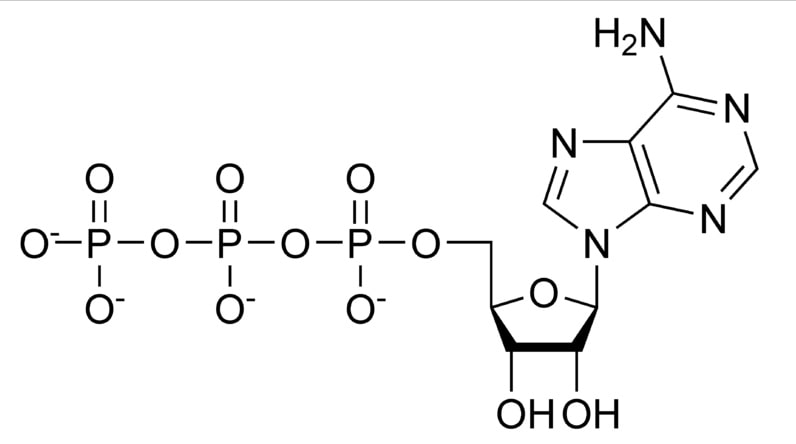The energizing power of Adenosine Triphosphate (ATP) in skincare
How this 'energy currency of life' makes you look youthful

Adenosine triphosphate (ATP), the energy source of our cells, is now gaining recognition for its incredible benefits in skincare. Derived mainly from yeast, which is rich in B vitamins, ATP provides essential energy to our cells, supporting their optimal functioning and overall health.
Let's explore how ATP works in skincare, how it is absorbed by the skin cells, and the rejuvenating effects it has on the skin.
ATP, also known as the “energy currency of life,” is like a powerhouse within our cells. It is made up of adenosine and three phosphate groups, and it plays a crucial role in supplying energy for various cellular processes. B vitamins, found abundantly in yeast, are particularly important for ATP to generate energy effectively. This energy is crucial for powering our cells and keeping them healthy. Furthermore, ATP can replenish itself completely within 10 minutes, providing significant support for our cells’ energy centers called mitochondria.

When ATP is applied to the skin, it can be absorbed by the skin cells. Once inside, it undergoes a natural breakdown process called hydrolysis. During hydrolysis, ATP transforms into adenosine diphosphate (ADP) and inorganic phosphate, releasing energy in the process. This released energy supports vital metabolic activities within the cells, such as protein synthesis, cell repair, and collagen production. These activities contribute to overall skin rejuvenation, resulting in fewer lines and wrinkles, and a healthier, more youthful appearance.
ATP has a significant impact on collagen production, which is responsible for maintaining the skin’s elasticity and firmness. As we age, collagen levels naturally decline, leading to the formation of fine lines and wrinkles. The energy released through ATP hydrolysis, however, fuels the synthesis of collagen, assisting in the regeneration and rejuvenation of the skin. Including ATP in skincare products harnesses its potential to enhance collagen production, resulting in a revitalized and youthful-looking complexion.
The energy released through ATP hydrolysis is essential for repairing damaged skin cells and promoting their regeneration. With a continuous supply of ATP, skin cells are better equipped to repair themselves, leading to a healthier overall complexion. Protein synthesis, another vital process influenced by ATP, helps maintain the skin’s density and vitality. By providing energy for these crucial cellular activities, ATP promotes the repair and renewal of skin cells, supporting a refreshed and radiant appearance.
ATP’s influence on skin health extends beyond collagen production and cellular repair. It also stimulates improved circulation, enabling better blood flow to the skin tissues. Enhanced microcirculation ensures that the cells receive adequate nutrients and oxygen while aiding in the removal of harmful toxins. This contributes to a vibrant and radiant complexion. Additionally, ATP helps regulate sebum production, promoting balanced hydration and preventing excessive dryness or oiliness, resulting in healthy-looking skin.
The role of ATP in skincare is truly amazing. Derived mainly from yeast and rich in B vitamins, ATP provides essential energy to our cells and supports their vital functions. When applied topically, ATP is absorbed by the skin cells, fueling collagen production, cell repair, and protein synthesis. These benefits lead to skin rejuvenation, reduced lines and wrinkles, and an overall healthier, more youthful appearance. By incorporating ATP into skincare routines, we can unlock its potential to enhance skin health and elevate our beauty regimens to new heights.